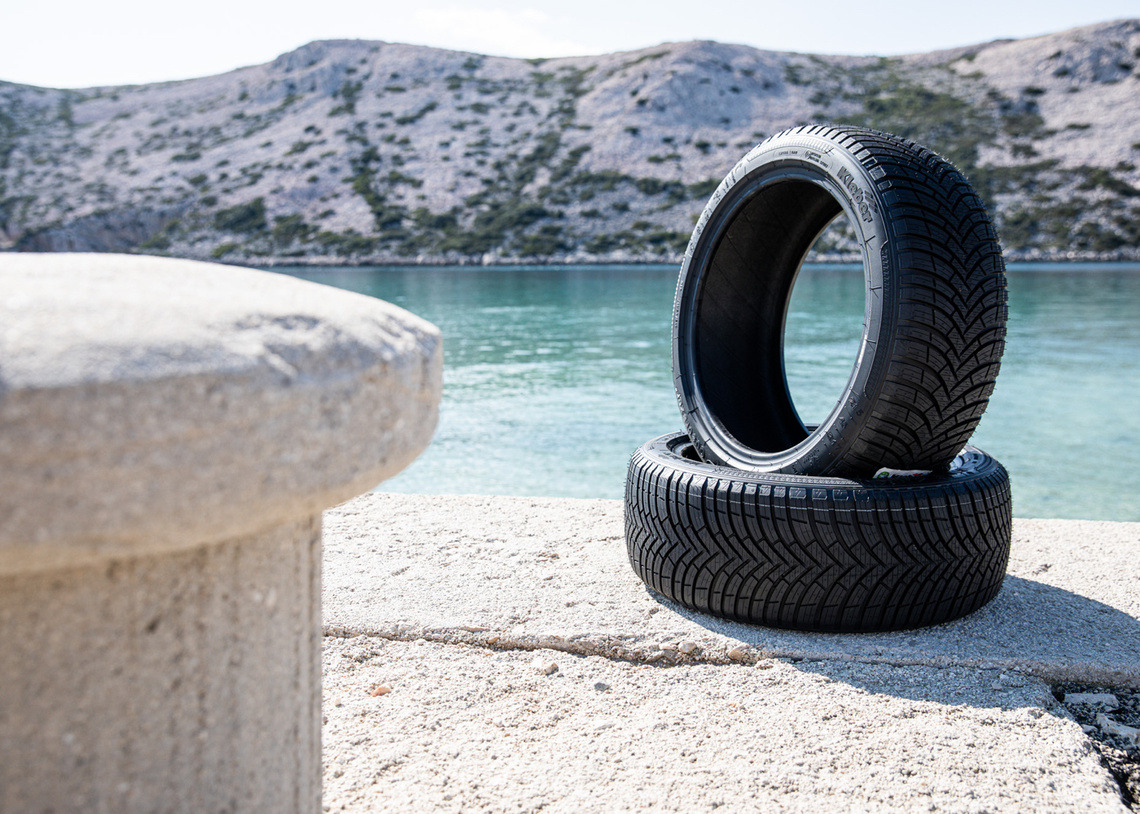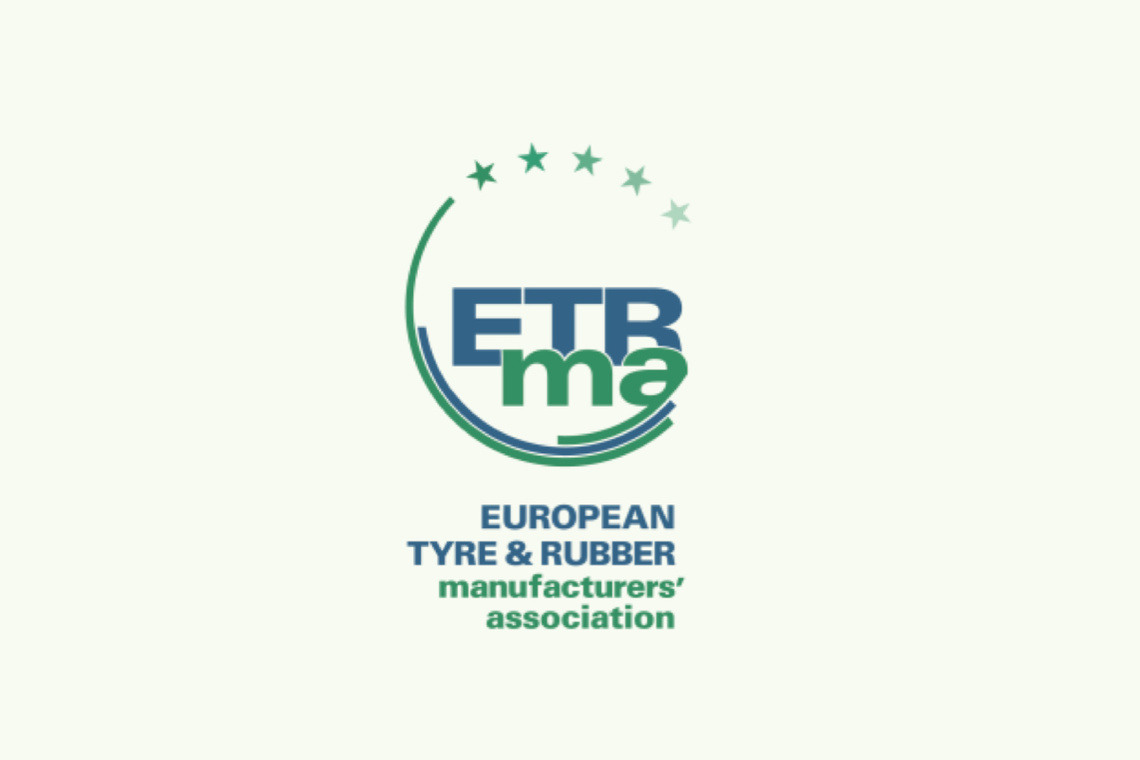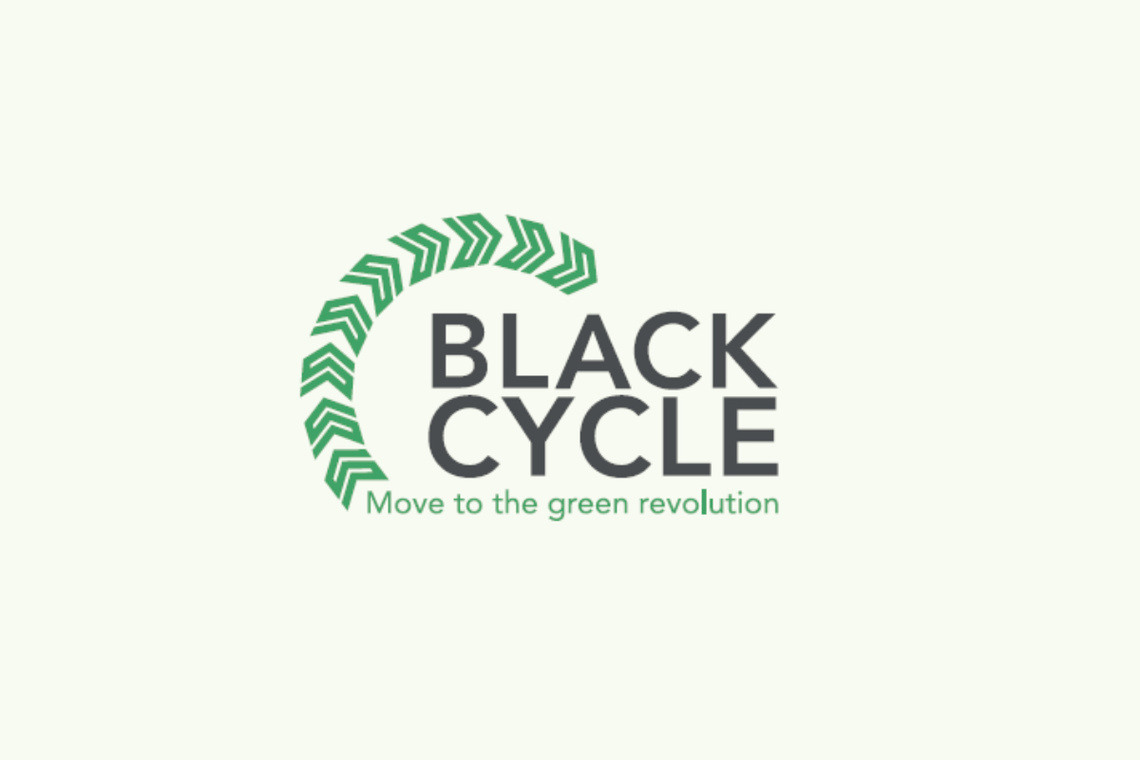KLEBER sustainability approach
KLEBER sustainability approach
Environmental impacts of tyres
Being part of Michelin Group, environmental stewardship means taking a full life-cycle approach to the products and services it sells. From the sourcing of raw materials to handling at end of life, we are taking action to ensure that resources are used responsibly and that environmental impacts are reduced across the entire life cycle
circle new new
Ambitions & commitments
We are committed to carbon neutrality and reducing our impact on the planet, i.e mitigating and adapting to climate change, preserving resources and protecting biodiversity and have set medium- and long-term ambitions. Our actions are guided by a Group-wide environmental policy.
2c icon
tyreimg

What can you do if your tyre reached end-of-life?
There are two ways that consumers can return worn automotive tyres:
- to a garage if new tyres are being fitted
- to a recycling centre in the municipality in which you live
etrma 2x

Understanding recycling in tyre industry
In Europe every year, huge number of end-of-life tyres are collected and treated through various recycling and recovery processes. It is our common responsibility to manage those tyres to limit their impact on the environment.
According to European Tire & Rubber Manufacturers' Association (ETRMA), in 2019, 95%* of ELTs were collected and treated for material recycling and energy recovery.
*Source https://www.etrma.org
blackcycle

KLEBER’s involvement in tyre recycling
KLEBER is part of the Blackcycle project*. This project gathers 7 industrial partners, 5 R&D entities and one innovation pole in a European consortium located in 5 countries. This project aims to put in place a circular economy around tyres by designing a new production process able to create new tyres based on used tyres.
*as part of Michelin Group. Blackcycle project is led by Michelin. This project has received funding from the European Union’s Horizon 2020 research and innovation program under grant agreement NO 869625.
howtyresarerecycled

How tyres are recycled?
Tyre recycling is a key progress area for the industry and there are different ways of doing it, for example:
• End of life Tyre (ELT)-derived rubber powder for rubber modified asphalt: Rubber modified asphalt takes advantage of the elasticity and noise absorbing characteristics of the rubber.
• Use of ELTs in steel mills: Shredded tyres can be used in steelworks equipped with electric arc furnaces as a substitute for anthracite and scrap metal.
• Emerging recovery routes: Pyrolysis/Thermolysis: thermal treatment technologies – pyrolysis, thermolysis and gasification – are some of the emerging solutions for recovering value from end of life tyres.